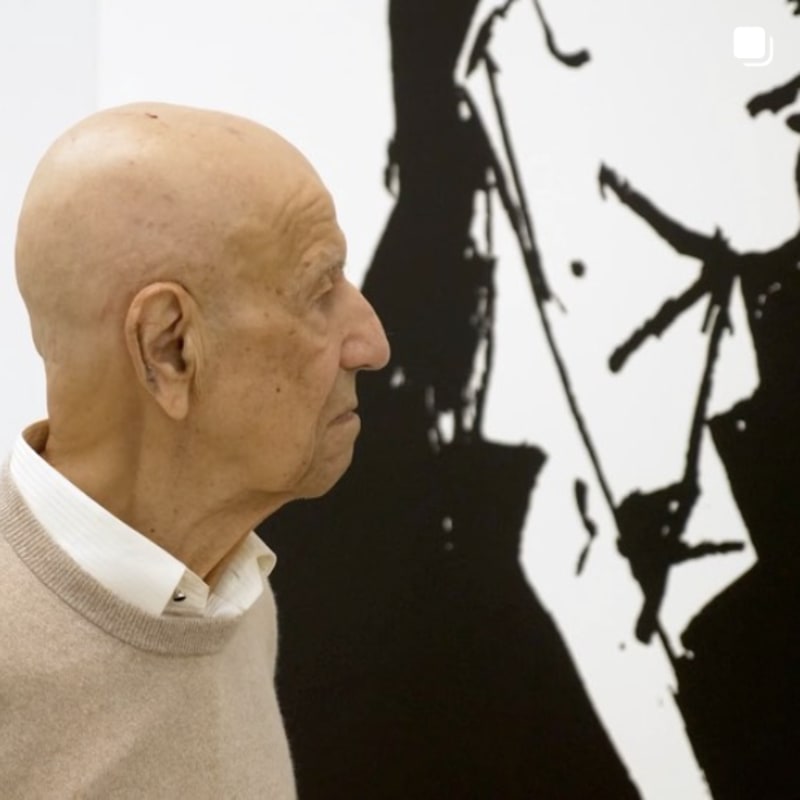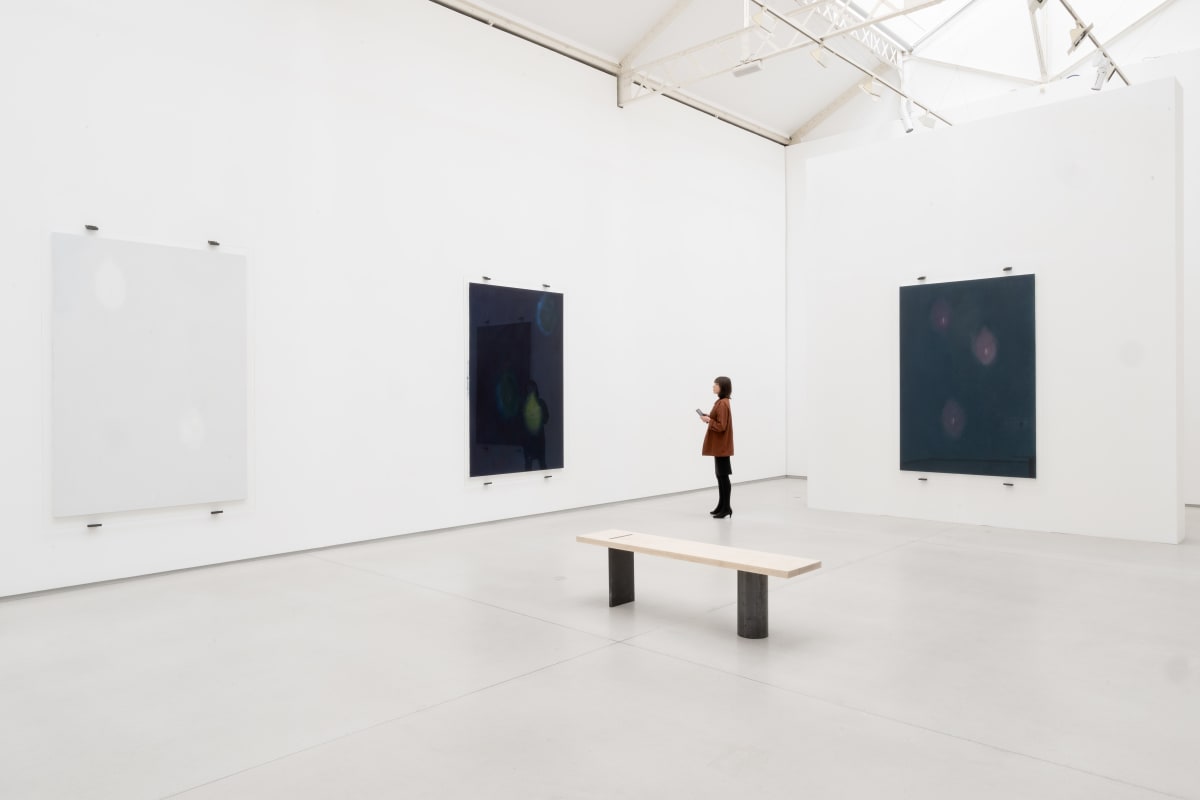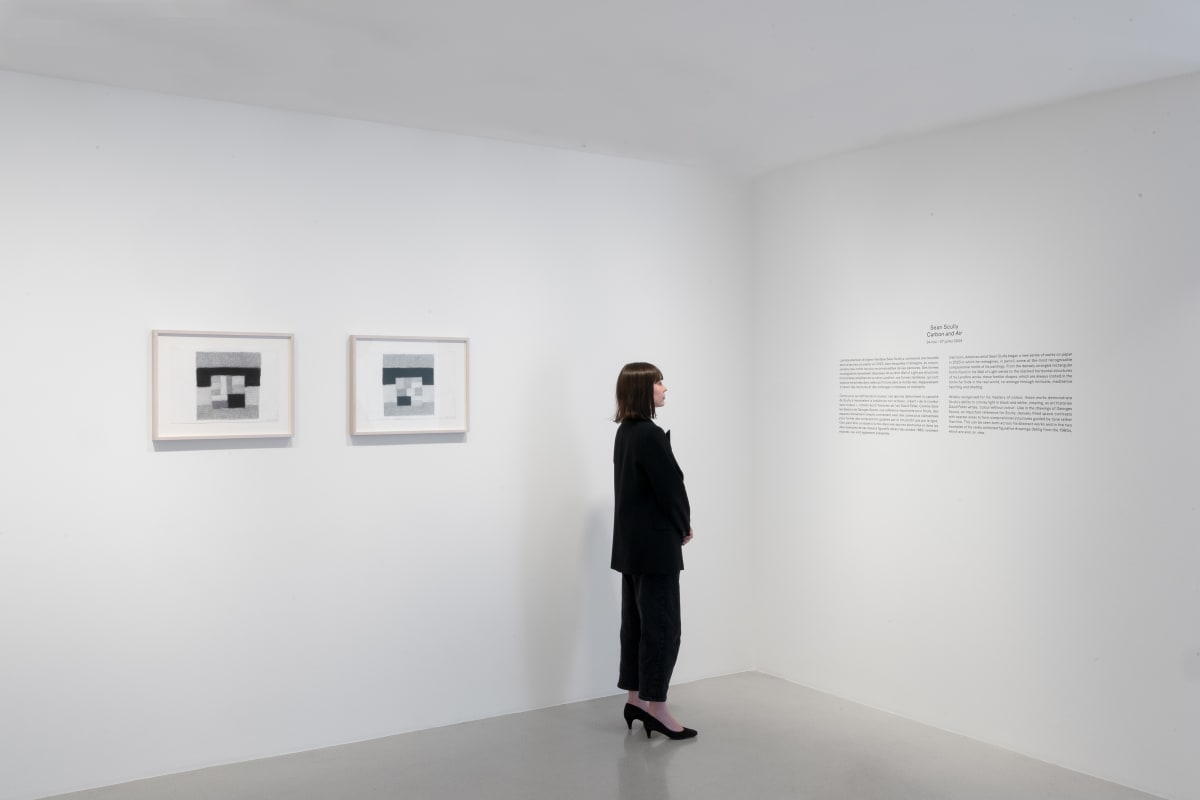Overview
The exhibition centres on a series of five wall-sculptures referring to the iconography of the cross, showing a synthesis of Christian and pagan motifs typical.
After the comprehensive London exhibition curated by Sir Norman Rosenthal, Galerie Thaddaeus Ropac now presents a small, intimate show of early works by Joseph Beuys in the gallery's Annex in Salzburg. On display will be sculptures and drawings dating from the latter half of the 1940s and the early 1950s.
All the works are subsequent to his enrolment at the Düsseldorf Academy of Fine Arts, at the age of 25. The exhibition centres on a series of five wall-sculptures referring to the iconography of the cross, showing a synthesis of Christian and pagan motifs typical of Beuys' work, three primitivistic, idol-like female figures, and the bronze Hirschkuh mit Jungem [doe with calf] (1948) which, like all these works, highlights motifs which were to become essential in Beuys' œuvre in subsequent decades.
The sculpture entitled Ofen mit Torso [oven with torso] (1948-50) was assembled in its present form in 1950, when Beuys combined the Torso – the abstract feminine, a wooden figure reminiscent of early fertility figurines – with the base in the form of an oven made of concrete, plaster and cardboard. Eva Beuys remembers that for the Ofen, composed of stereometric elements, Beuys adopted the shape of the charcoal-burner, typically used in the forests of the North-Rhine-Westphalian region of Siegerland. For Beuys, the oven was a symbol of the transformation of matter. Over the years, he kept returning to these two elements, and finally, in 1984 – with the added element of a bathtub – he created the legendary bronze sculpture Badewanne für eine Heldin [bathtub for a heroine], casts of which are displayed in the collections of prominent museums such as Tate Modern in London and the Pinakothek der Moderne in Munich.
The Salzburg exhibition offers a rare opportunity to study the formative early years of one of the most influential artists of the latter half of the 20th century.














































































































































































